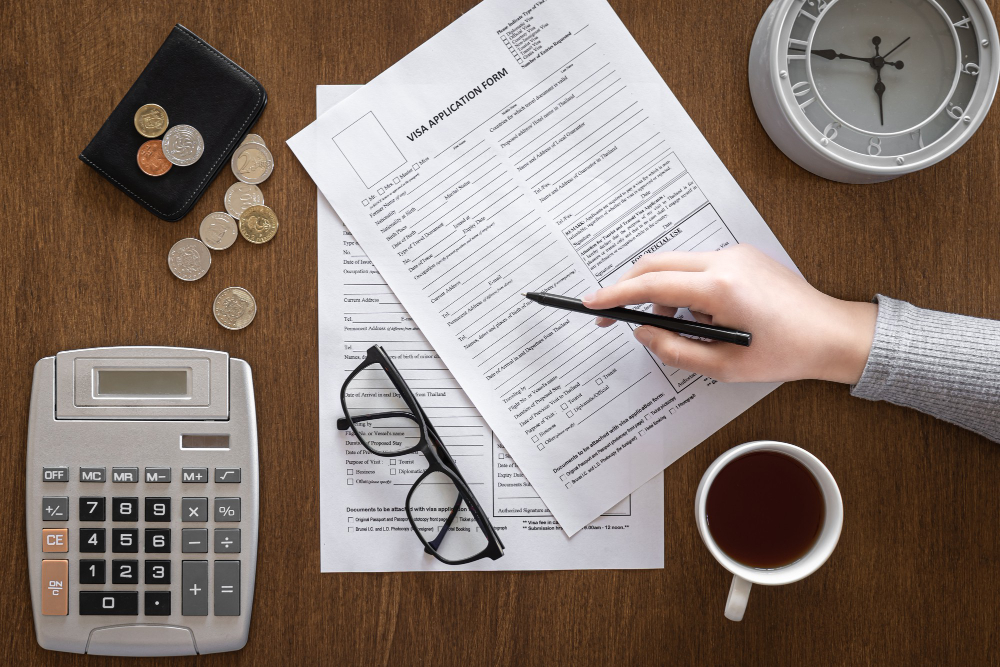
Julian Drago
October 22, 2025
Receiving a tax refund is one of the most anticipated moments of the U.S. tax season. For many people, this money represents financial relief, savings, or an opportunity to invest. However, behind this refund there’s a regulated process with deadlines, requirements, and specific details that are important to understand.
Below, we explain how a tax refund works, who qualifies for it, the ways you can receive it, and what to do if your refund is lower than expected or doesn’t arrive.
A tax refund is the repayment the U.S. government makes to taxpayers who have paid more in taxes than they actually owe during the fiscal year. In simple terms, if your withholdings exceed your real tax obligation, the IRS (Internal Revenue Service) refunds the difference.
Even if you didn’t pay taxes, you might still receive a refund if you qualify for refundable credits such as the Earned Income Tax Credit (EITC) or the Child Tax Credit (CTC).
To receive your refund, you must file a tax return. Without it, the IRS cannot determine whether you’re eligible. You also have three years to claim your tax refund—if you don’t, you lose the right to receive it.

When you file your tax return, the IRS reviews your income, withholdings, and deductions. If it finds that you overpaid, it authorizes a refund.
Processing times vary depending on how you file your return:
Delays can occur if:
You have several options to receive your refund, and some are faster than others:
This is the fastest and safest method. You can request to have your refund deposited directly into your checking, savings, or retirement (IRA) account. You can even split it into up to three accounts, as long as they’re all under your name.
If you don’t have a bank account, you can choose to receive a paper check mailed to the address listed on your return. However, this option takes longer and may add several weeks to the wait time.
Some institutions allow you to receive your refund through prepaid debit cards or mobile payment apps, as long as they accept direct deposits from the IRS.
If your refund is lower than expected, it might be due to:
If your refund hasn’t arrived, check its status using the “Where’s My Refund?” tool available on the IRS website. If you filed an amended return, use “Where’s My Amended Return?” to track it.
If the deposit failed or your check was lost, you can call 800-829-1954 to request a replacement or stop an incorrect deposit.
Tax management isn’t only about getting money back—it’s about planning your withholdings and payments to optimize your finances.
If you want a larger refund next year, you can adjust your tax withholdings using the IRS Tax Withholding Estimator.
On the other hand, if you’d prefer to have more money in your monthly paycheck, you can reduce your withholdings to balance your cash flow.
The key is to avoid both excessive payments and unexpected balances due at the end of the year.

If you’re a nonresident foreigner who earned income in the United States, you may also be entitled to a refund.
In that case, you must file Form 1040-NR, and the process can take up to six months.
Foreign taxpayers who don’t have a Social Security Number can apply for an ITIN (Individual Taxpayer Identification Number), which allows them to file tax returns and access potential refundable credits.
It depends on your filing method. Direct deposits are typically issued within 21 days, while paper checks may take six weeks or more.
Yes. The IRS provides the “Where’s My Refund?” online tool, available 24/7. You’ll need your Social Security Number, filing status, and exact refund amount.
The IRS might adjust your return and send you a notice explaining the changes. In some cases, you’ll need to file an amended return.
No. Federal tax refunds aren’t considered taxable income, unless they relate to deductions claimed in a previous year.
If you’re thinking about starting a company in the United States or need help managing your personal or corporate taxes, at Openbiz we guide you through the entire accounting and tax process, ensuring every filing is accurate and timely to maximize your benefits.
